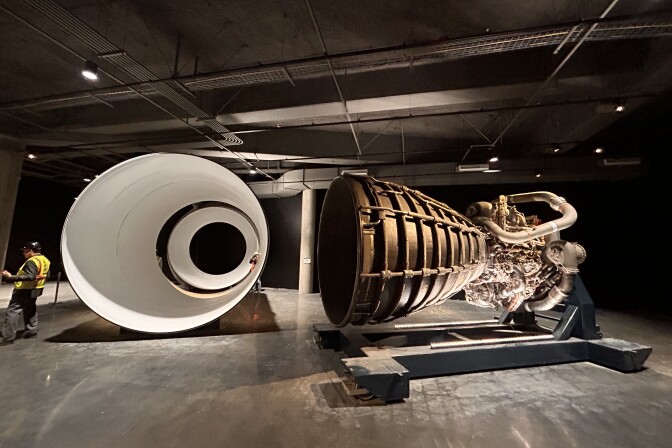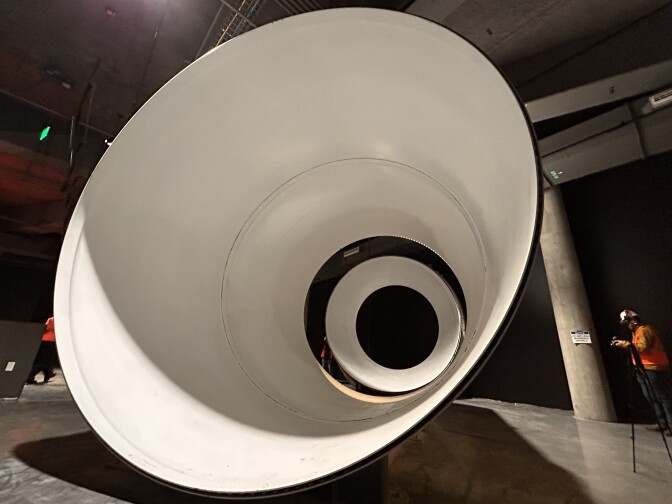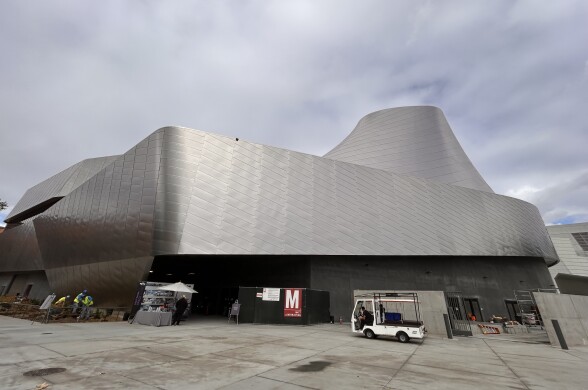Once spanning parts of the Inland Empire and the outskirts of the Coachella Valley, the newly redrawn U.S. Congressional District 41 will be uniquely different.
When voters approved Proposition 50 in November, it allowed California to use new congressional maps drawn by Democratic state officials to elect members of Congress from 2026 through 2030. Before this, maps were drawn by the state’s independent redistricting commission.
The maps — which state Republicans are trying to block — are expected to benefit Democrats.
Shortly after Election Day, California Republicans announced they were challenging Prop. 50 in federal court, arguing the new district maps favor Latinos at the expense of other groups in violation of the Constitution. The federal Department of Justice filed last week to join the lawsuit. A similar legal battle playing out in Texas — where congressional maps were redrawn to favor Republicans — saw the new maps blocked Tuesday by a federal court.
At the moment, Prop. 50 is going forward in California, and the new maps put the previously safely Republican 41st Congressional District in Riverside County in a now primarily blue district in L.A. County and even a small portion of Orange County.
“There's a lot of changes and some musical chairs that are happening,” Jodi Balma, political science professor at Fullerton College, told LAist. “Your house hasn't moved, but your congressional district boundary has moved around you, and so you might be interested to know who is likely to represent you at the end of the 2026 elections.”
Here’s how the chairs have shifted and why it matters in this corner of Southern California.
Why is the race for District 41 unique?
Balma said District 41 is unlike many other California districts in the wake of Prop. 50.
“The others, you could kind of understand how the borders changed and some segment of the district remained the same,” Balma said. “But this one just wholesale was picked up from the Inland Empire and moved to Los Angeles, and it's a completely new district.”
The new district brings together residents who might have different lived experiences and cultural backgrounds, said Sara Sadhwani, assistant professor of politics at Pomona College.
“This district is substantively and geographically quite different from that, so you certainly can't compare 41 from before to 41 today,” Sadhwani said. “We have seen an incredible amount of growth throughout the Inland Empire, and notably, many Latino and Black communities moving into the Inland Empire, and with them brings a different kind of politics.”
While those communities might lean Democratic, she added, they have varied interests.
“For whoever wants to run in District 41, or any of the districts representing the Inland Empire, I think that those are some of the dynamics that they will need to be attuned to in order to earn those voters' votes,” Sadhwani said.
What are the big changes?
In the original map, District 41 stretched from Norco to Palm Desert. It included Lake Elsinore, Menifee, Palm Desert and La Quinta. Census data show that the congressional district originally was made up of 56% white, 30% Latino, 7% Asian and 6% Black voters. Before the passing of Prop. 50, District 41 was represented by Republican Congressman Ken Calvert for more than 30 years. Calvert now is running for the newly drawn 40th District.
The original District 41 has been sliced into several congressional districts. Norco and part of Corona now are included in the new District 35; Menifee and Lake Elsinore are in District 40; and Palm Springs and La Quinta are split into separate districts.
Whereas Prop. 50 made some slight regional changes to certain districts in Southern California, the newly redrawn District 41 encompasses completely different counties — including parts of L.A. and Orange counties.
District 41 now includes Whittier, Downey, La Habra and Los Alamitos. More than half the voters in the newly redrawn area are Latino, 28% are white, 11% are Asian and 5% are Black, according to state Census data.
Who could represent the new District 41?
Rep. Linda Sánchez, currently representing the 38th District, announced her run for the newly redrawn 41st. Sánchez could have chosen to run in either the new District 38 — which includes Bell, Diamond Bar, Rowland Heights and part of Yorba Linda — but chose the new District 41 instead.
“After Proposition 50 passed and split my current district, deciding where to run was an emotional but ultimately an easy choice — I chose home,” Sánchez said in a statement. “Boundaries may change, but my commitment to fighting for the people I love will never waver.”
There are 80 House seats up for grabs in the California primary election, as well as 20 Senate seats. More than half of those are in Southern California.
No one else has announced their candidacy for District 41 yet, but that could change. The deadline to decide to run in the June primary is March 6. Here’s an election schedule.


















